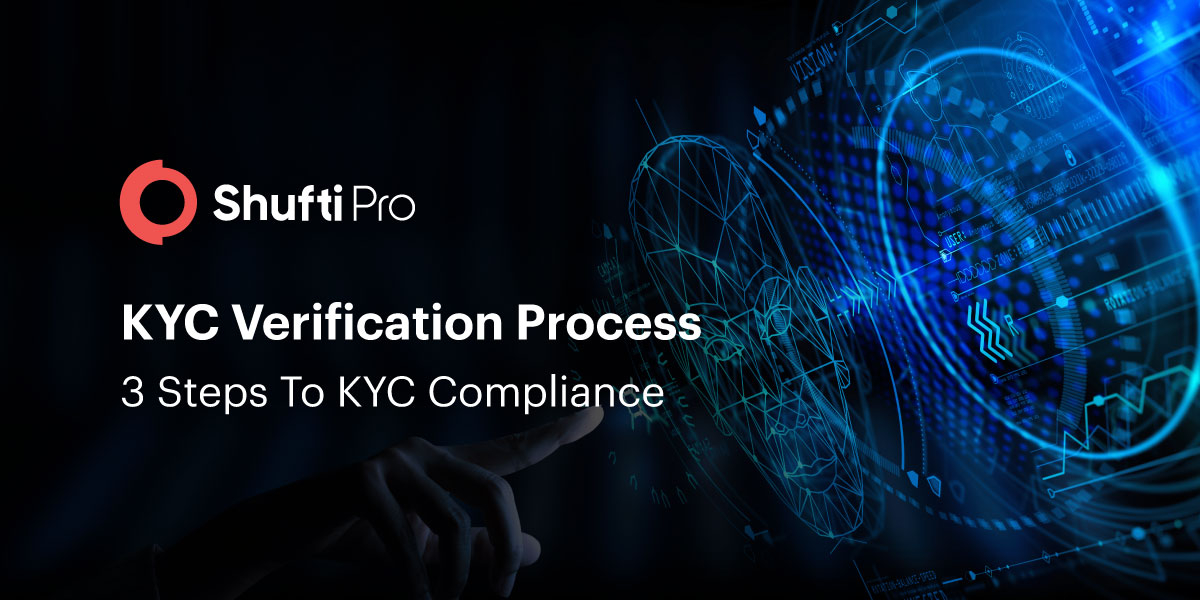Achieving compliance to the rules and regulations, while maintaining a satisfactory level of the customer experience can be tough. That said, it has become a matter of survival for the financial entities. Appeasing customers with an excellent experience is important, so is the prevention of online frauds.
The essence of this article is the workflow and necessity of the kyc compliance. However, for the sake of understanding and to resolve any ambiguity, we are defining KYC: “KYC also known as the ‘Know Your Customer’ is the process which involves verifying customer identities, for countering and mitigating online thefts, frauds, and the illegal activities. The AML rules and regulations also obliges financial institutions to perform KYC”.

With the world getting more digital, it has been exposed to the ‘never witnessed before’ threats. Financial institutions are the ones most vulnerable to the threats of the digital world. Since the services of the conventional banking and online services have merged, the potential for online risks has increased greatly. Both the banks and the customers are equally vulnerable and face equal potential threats. Only recently, an increase in the credit card thefts and online frauds has been witnessed. Evidently, carrying out KYC verification processes and the use of KYC banks has become inevitable. Thanks to the KYC Banks, the world has learnt to counter the threats that arose from digitality. Furthermore, the introduction of KYC online verification has especially made banks sigh a relief.
How do KYC banks implement the KYC online verification?
KYC online verification is carried almost always by a KYC provider. Organizations, at the least, should opt for an appropriate, if not the best service provider. The verification process involves the use of mobile camera, web camera, and ofcourse the internet for carrying out KYC online verification. After filling the forms out and providing the required documents, customers are prompted to use their webcams. Here onwards, the liveness is detected and the authenticity of the liveness is checked. When the web camera is not available, users are open to use the phone cameras as well.
After the liveness of the person is authenticated, the customer is required to show the requested document. Authenticating the document being shown is the next step. Document is verified against the possible tamperings. The most important step in the document authentication involves checking the faces on the pictures. Meanwhile, the KYC verification process performs an AML screening. Subject to the clearance given by the KYC online verification, the customer is allowed to continue, else wise not.
How KYC Bank benefits the contemporary world?
Using a best KYC provider or not, a KYC bank, for the sake of AML compliance, will perform KYC online verification anyways. Evident from its workflow, a KYC bank and a KYC process is indeed needed by the world. In the world online, financial institutions and business entities are vulnerable to identity thefts, breach risk, obligations to compliances, etc. The KYC process helps in countering such vulnerabilities and threats that the online world faces. It also helps to reduce risks of online frauds and stop criminal activities.
#kyc #kycverification #knowyourcustomer
